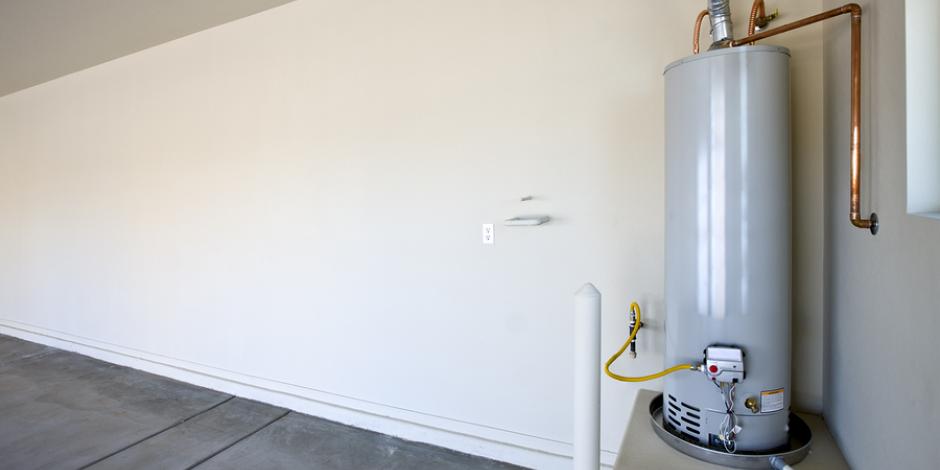Key Maintenance Tips for Your Home's Hot Water System
Key Maintenance Tips for Your Home's Hot Water System
Blog Article
Are you currently searching for advise involving What Kind of Maintenance Do Water Heaters Need??

Hot water is important for day-to-day convenience, whether it's for a rejuvenating shower or cleaning meals. To ensure your warm water system runs effectively and lasts longer, normal maintenance is essential. This short article provides functional suggestions and insights on exactly how to maintain your home's warm water system to prevent interruptions and costly repair services.
Introduction
Keeping your home's hot water system might seem challenging, but with a couple of straightforward steps, you can guarantee it runs efficiently for several years ahead. This guide covers every little thing from comprehending your hot water system to do it yourself maintenance ideas and knowing when to call professional aid.
Significance of Keeping Your Hot Water System
Routine maintenance not only expands the lifespan of your warm water system but likewise ensures it runs efficiently. Ignoring maintenance can result in lowered efficiency, higher power bills, and even early failing of the system.
Signs Your Warm Water System Demands Upkeep
Knowing when your hot water system requires focus can prevent major problems. Keep an eye out for indicators such as irregular water temperature, unusual noises from the heating unit, or corroded water.
Recognizing Your Warm Water System
Prior to diving right into upkeep tasks, it's useful to comprehend the fundamental parts of your warm water system. Commonly, this consists of the water heater itself, pipes, anode rods, and temperature controls.
Monthly Maintenance Tasks
Normal month-to-month checks can help catch minor issues before they escalate.
Flushing the Hot Water Heater
Purging your hot water heater gets rid of debris build-up, boosting performance and lengthening its life.
Checking and Replacing Anode Rods
Anode rods avoid rust inside the tank. Examining and replacing them when worn out is critical.
Evaluating and Readjusting Temperature Level Setups
Readjusting the temperature level settings guarantees optimum efficiency and security.
DIY Tips for Maintenance
You can perform several upkeep jobs on your own to keep your hot water system in leading condition.
Looking for Leaks
Regularly inspect pipes and links for leakages, as these can lead to water damage and higher bills.
Evaluating Pressure Alleviation Valves
Examining the stress safety valve ensures it functions correctly and prevents too much pressure buildup.
Protecting Pipes
Shielding warm water pipes decreases heat loss and can conserve energy.
When to Call a Professional
While do it yourself maintenance is advantageous, some issues call for expert competence.
Complex Concerns Requiring Specialist Assistance
Examples consist of major leakages, electrical problems, or if your water heater is continually underperforming.
Routine Professional Upkeep Advantages
Specialist upkeep can consist of comprehensive inspections, tune-ups, and making certain conformity with safety requirements.
Conclusion
Normal upkeep of your home's hot water system is necessary for efficiency, longevity, and price savings. By adhering to these suggestions and recognizing when to seek specialist assistance, you can make certain a reputable supply of warm water without unforeseen disturbances.
How to Maintain an Instant Hot Water Heater
Before tinkering with your hot water heater, make sure that it’s not powered on. You also have to turn off the main circuit breaker and shut off the main gas line to prevent accidents. Also turn off the water valves connected to your unit to prevent water from flowing into and out of the appliance. 2. When you’re done, you have to detach the purge valves’ caps. These look like the letter “T†and are situated on either side of the water valves. Doing so will release any pressure that has accumulated inside the valves while at the same time avoid hot water from shooting out and burning your skin. 3. When the purge valves’ caps are removed, you have to connect your hosing lines to the valves. Your unit should have come with three hoses but if it didn’t, you can purchase these things from any hardware or home repair shops. You can also get them from retail stores that sell water heating systems. Read the user’s manual and follow it to complete this task properly. When the hosing lines are connected, open the purge port’s valves. 4. You should never use harsh chemical cleaners or solutions when cleaning your unit. Make use of white vinegar instead. It should be undiluted and you’ll probably use about 2 gallons. 5. Now flush your water heater. This task should probably take about 40 minutes. We can’t give you specific directions for this because the procedure is carried out depending on the type, model and brand of your heater. With that being said, refer to the user’s manual. 6. When you’re done draining the unit, you have to turn off the purge port valves again. Remove the hosing lines that you earlier installed on each of the water valves. Put the valve caps (purge port) back in their respective places and be very careful so as not to damage the rubber discs that are found inside these caps. 7. Now that everything’s back in place, check your user’s manual again to find out how to reactivate your water heating system. 8. Once it is working, turn one of your hot water faucets on just to let air pass through the heater’s water supply pipes. Leave the tap on until water flows smoothly out of it. https://www.orrplumbing.com/blog/2014/september/how-to-maintain-an-instant-hot-water-heater/

I am just very inquisitive about Tips on Maintaining a Water Heater and I am praying you liked my blog post. Are you aware of another person who is excited about the niche? Please feel free to share it. Thanks a lot for your time invested reading it.
At This Website Report this page